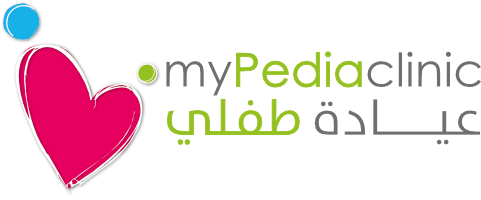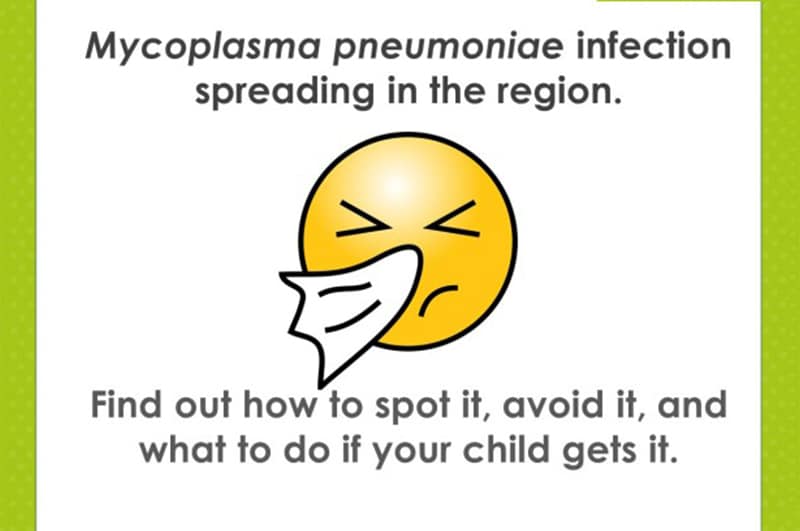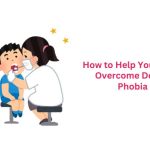After a bout of Hand, Foot, and Mouth Disease (HFM) Dubai schools and nurseries are seeing a new infection caused by a bacteria called Mycoplasma pneumoniae.Dr. Medhat Abu-Shaaban, pediatrician and medical director at myPediaclinic – Dubai explains to us what is Mycoplasma Pneumoniae, how to spot it, avoid it, and how to treat it.
What is Mycoplasma pneumoniae?
It is a bacteria that causes illness by damaging the lining of the respiratory system (throat, lungs, windpipe).
How is transmitted?
It is transmitted from person-to-person by sneezing or coughing because the small droplets of water that contain the bacteria get into the air and others breathe them in.
How long before symptoms of Mycoplasma pneumoniae infection show?
The bacteria has a long incubation period, meaning the person can breathe in the bacteria but not show symptoms before a whole week after or even 4 weeks after.
What are the signs and symptoms of the infection?
It is a mild disease that happens over a long period of time (1 week to 4 weeks), getting worse gradually eventually leading to pneumonia (lung infection) in some of those who contract the infection. It also comes with
- Sore throat
- Fatigue (being tired)
- Fever
- Slowly worsening cough that can last for weeks or months
- Headache
- Most children under 5 who contract the infection do not have a fever, but symptoms of a cold.
Treatment of Mycoplasma pneumoniae
Mycoplasma pneumoniae may often need to be treated with antibiotics that are specific and should be carefully prescribed by the doctor as they are different than typical antibiotics used to treat Pneumoniae.
Warning signs and complications that need immediate attention
Mycoplasma pneumoniae infection may turn into Pneumoniae (lung infection) and should be diagnosed and treated by the doctor. It can also cause some complications that need immediate attention
- Encephalitis (swelling of the brain)
- Hemolytic anemia (too few red blood cells, which means fewer cells to deliver oxygen in the body)
- Renal dysfunction (kidney problems)
- Skin disorders (Stevens-Johnson syndrome, erythema multiforme, toxic epidermal necrolysis)
When should you send your child back to school or nursery after diagnosis?
A whole week after all symptoms have cleared.
What can be done while child is sick?
- Careful hanwashing to prevent the spread of the disease
- Rest
- Increase fluid intake
- Give fever reducers if there is fever as per pediatrician’s perscription
- Follow the instruction of the pediatrician





